Continued from previous posts: In the last few posts, I introduced the first of six stages of spiritual growth, what I call, "First Awakening." This is the point when you first become conscious of God. There's some need, some precipitating event, some intervention that unsettles you, inspires your search for God, or requires you to make sense of a spiritual experience you simply can't ignore any longer. It's as if you've awakened from a long night's sleep to sunlight streaming through your window and you wonder why you slept so late.
I'm writing about these stages to help you understand the way God generally works in our lives so you can better understand your own growth as well as the growth of others. Last month, I also urged you to be careful not to turn these stages into a program. The pattern of these stages is consistence throughout the history of Christian spirituality, but it's nevertheless an oversimplification. God is always free do blow our little maps apart in order to bring us to the fullness offered us in Christ.
First Awakening usually leads to the second stage, which I call "Believing and Belonging." At this stage in our journey we connect to a community where we learn the essential doctrines of Christianity. Here, we're formed by our association with others, our attendance in worship, and our involvement in experiences that teach us the faith. This then leads to the third stage, "Service and Leadership". It's quite possible that you might find yourself serving during the second stage, and so, the stages can overlap. But in the second stage, though you may participate in a service project, assist with VBS, or lead in worship, the focus is largely on learning and belonging. Service can be a great way to learn; joining others is a great way to belong and connect.
To be continued . . .
